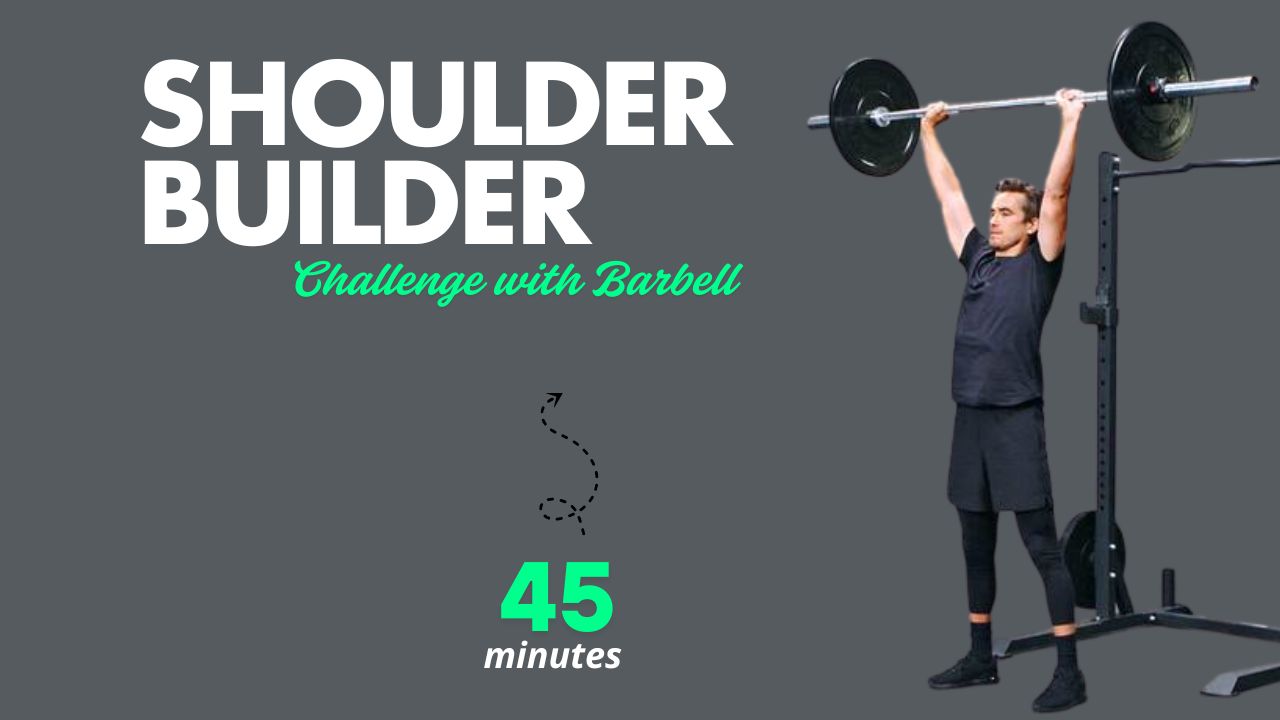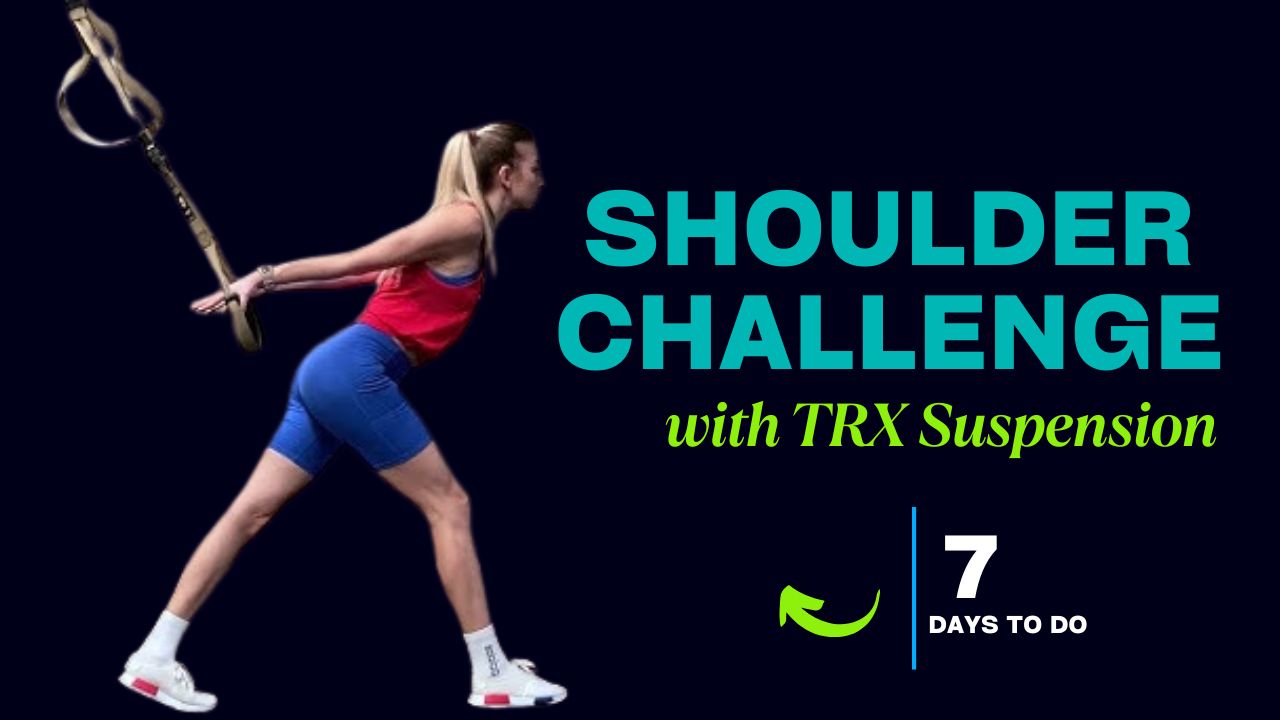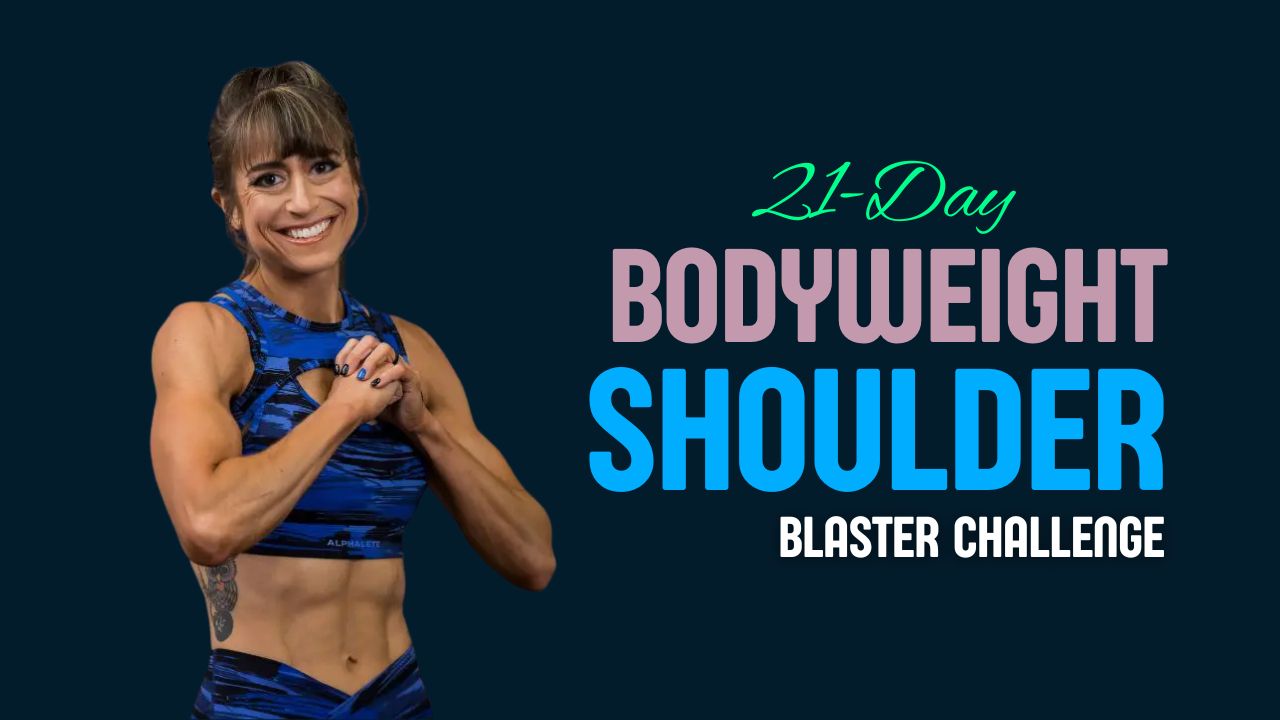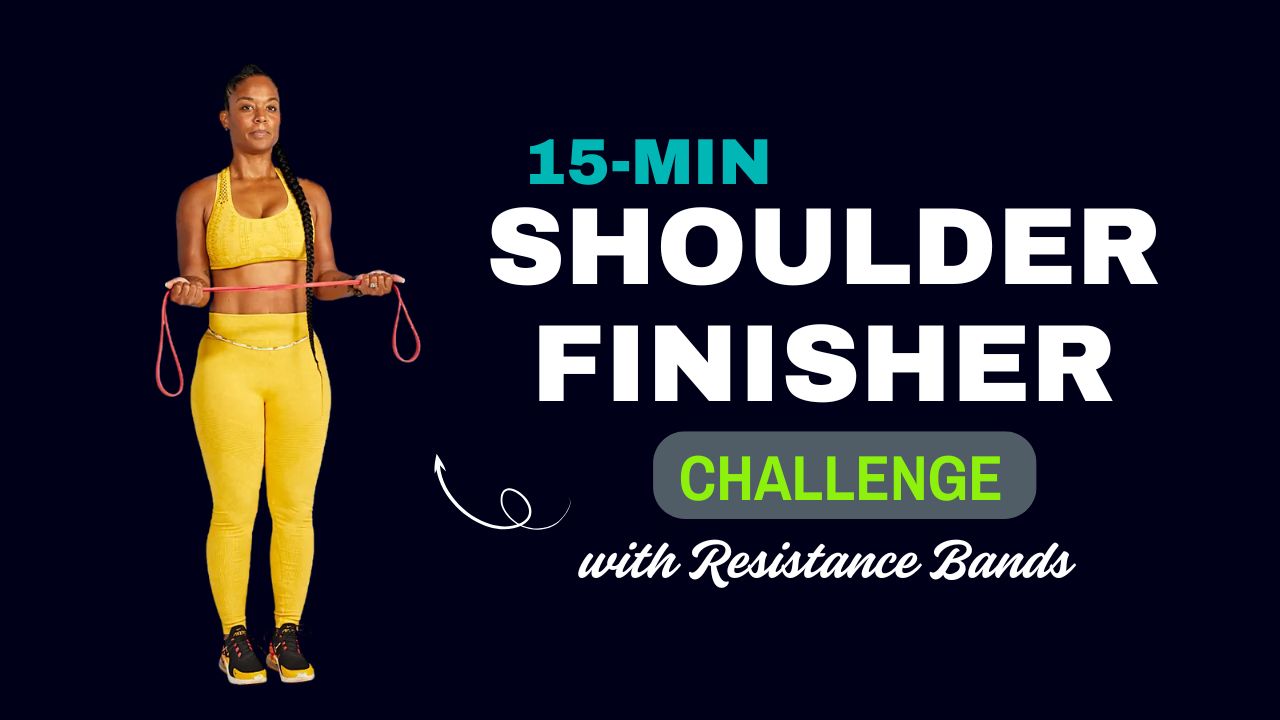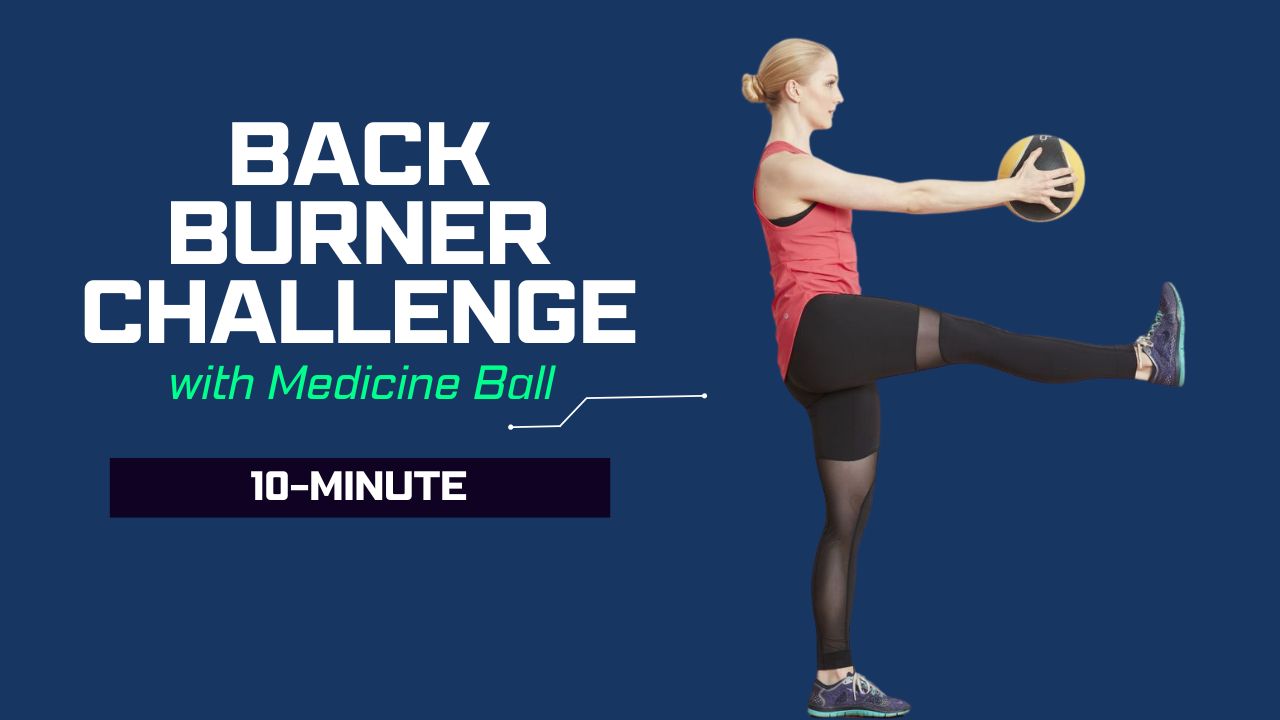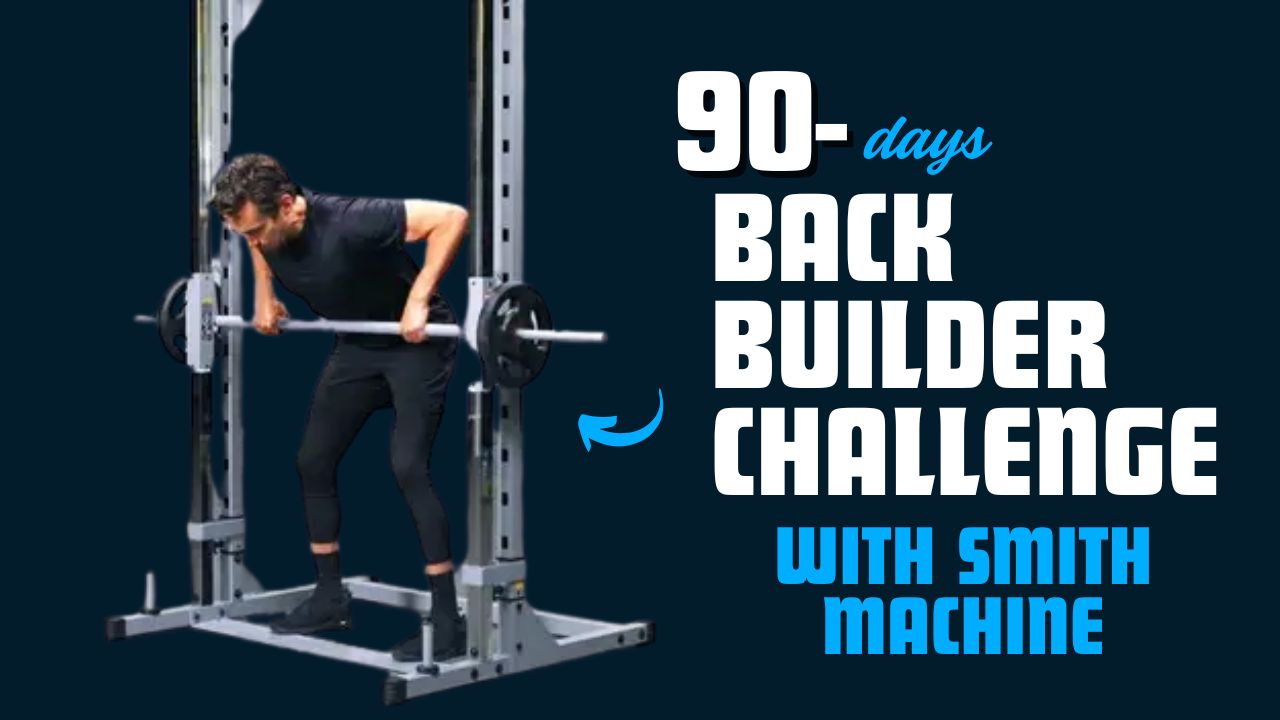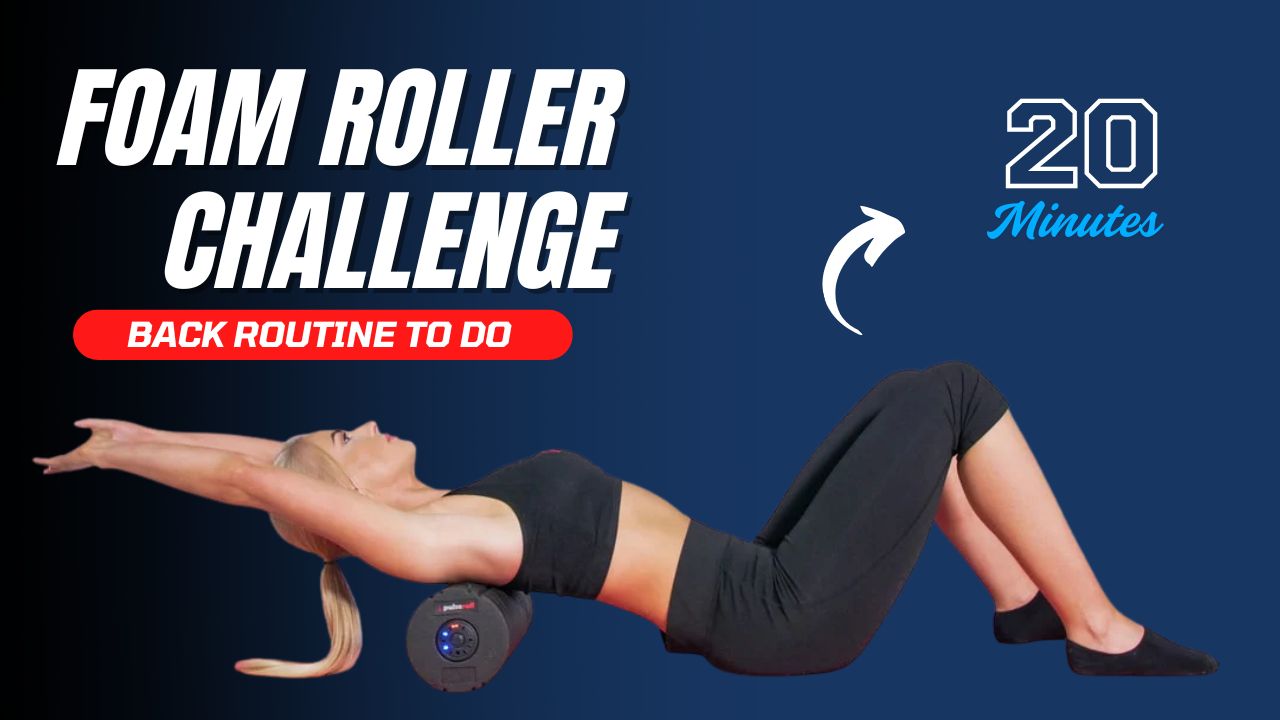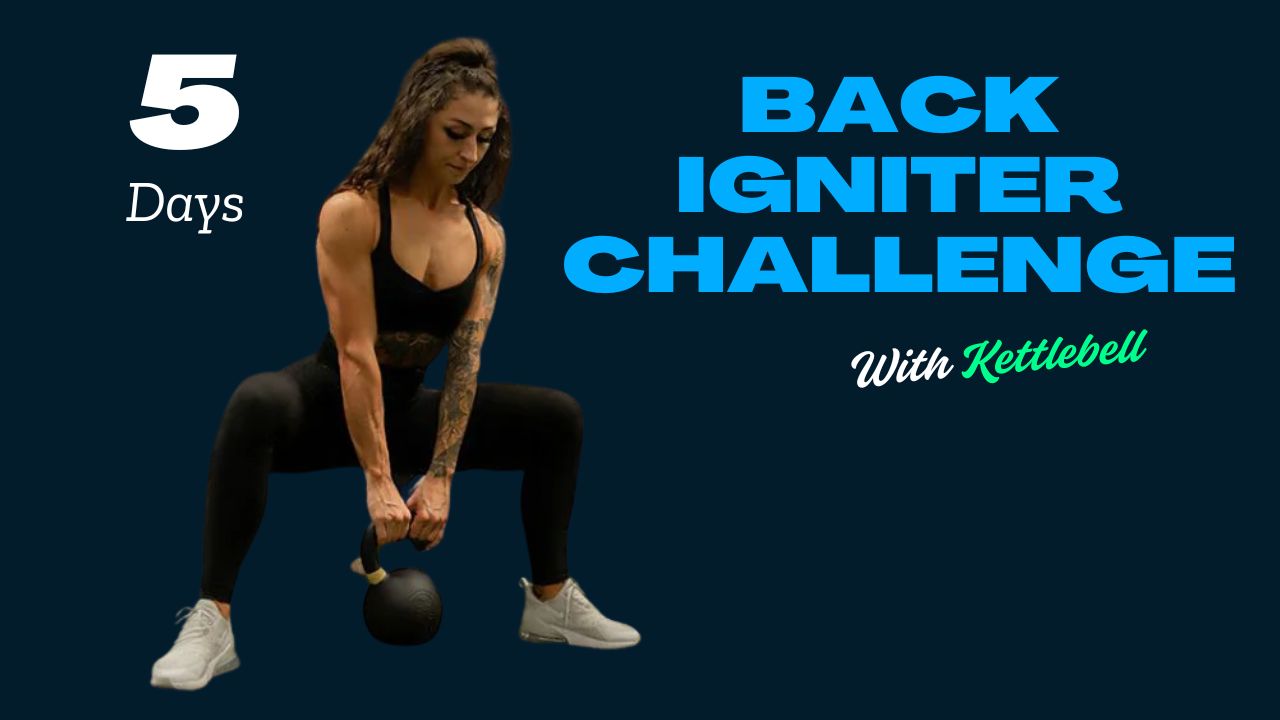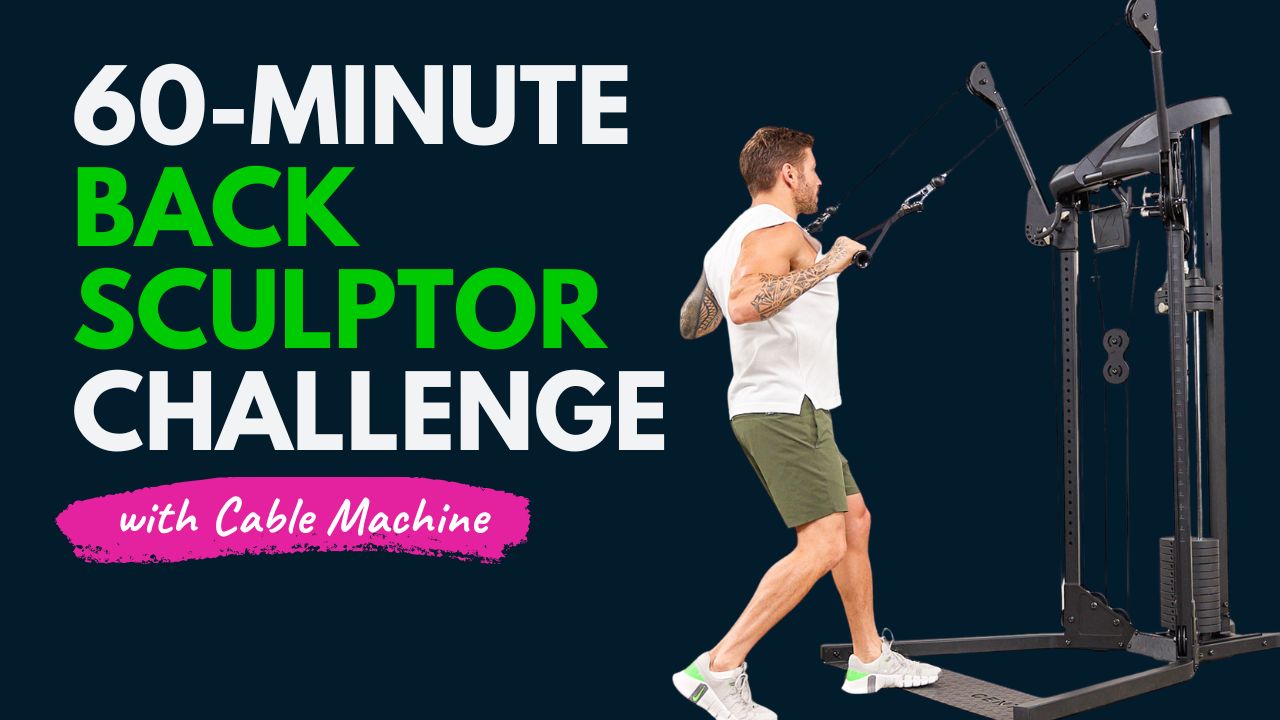What if we told you there’s a game-changing way to train your biceps that creates continuous tension, pumps up your arms faster, and reduces your risk of injury — all without lifting a dumbbell? Welcome to the power of Hi-Lo Cable Exercises.
Cable machines aren’t just for chest flys or triceps — they can be your secret weapon for sculpted, peak-popping biceps, especially when using different pulley angles.
By targeting your arms from both high and low angles, you hit every part of the bicep — long head, short head, and even the brachialis.
Did You Know?
Traditional dumbbell curls lose tension at the top — but cables maintain constant resistance throughout the movement, making your bicep work harder and smarter.
Let’s break down 8 of the best Hi-Lo Cable Bicep Exercises, including form tips, variations, and unique benefits for each.
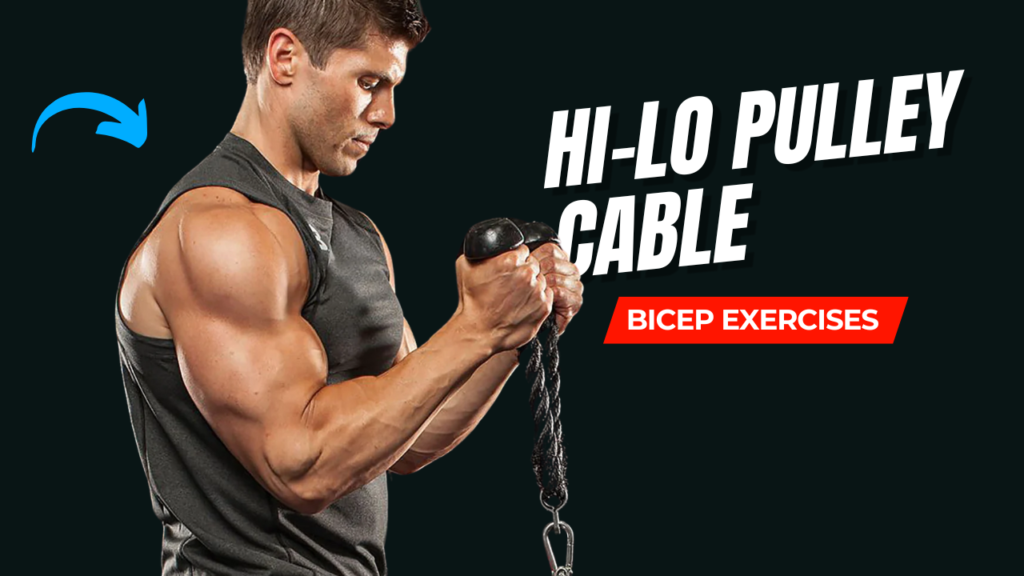
Table of Contents
What Can Happen After 30 Days of Hi-Lo Cable Bicep Exercises
| Timeframe | Expected Results |
|---|---|
| Week 1 – Week 2 | – Improved mind-muscle connection – Noticeable pump and tightness |
| Week 2 – Week 3 | – Enhanced bicep definition – Better control and range of motion |
| Week 3 – Week 4 | – Visible muscle tone and roundness – Increased strength in cable movements |
| Day 30 | – Fuller, more symmetrical biceps – Improved vascularity and arm aesthetics – Stronger grip and reduced joint stress from controlled cable work |
Also Read: 12 Kettlebell Tricep Exercises That Melt Arm Fat & Build Strength Fast
Do’s & Don’ts for Hi-Lo Cable Bicep Exercises
| Do’s | Don’ts |
|---|---|
| Maintain slow and controlled movements | Don’t use momentum to swing the weight |
| Use full range of motion on each rep | Don’t stop short or cut the range |
| Keep elbows fixed and close to your body | Don’t let elbows flare out or drift forward |
| Focus on the squeeze at the top of each curl | Don’t rush reps without proper contraction |
| Alternate grips and pulley angles weekly | Don’t stick to the same exercise routine |
| Perform a light warm-up set before heavy work | Don’t go heavy cold, risking injury |
| Use both arms equally to prevent imbalance | Don’t favor your dominant arm unconsciously |
| Include both high and low pulley variations | Don’t only train from one angle — it limits development |
| Listen to your form and fatigue cues | Don’t train through sharp pain or joint discomfort |
| Stay consistent and progress load gradually | Don’t jump into heavy loads too soon |
LOW PULLEY BICEP EXERCISES
These exercises target the initial stretch and the lower range of motion. Great for building mass and foundational strength.
1. Low Pulley Cable Bicep Curl
Target: Full bicep (emphasis on the long head)
How-To:
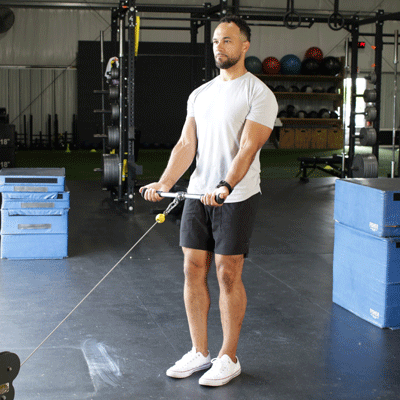
- Attach a straight bar to the low pulley.
- Stand upright, elbows close to your torso.
- Curl the bar toward your shoulders, squeeze, and slowly lower.
Benefits:
- Enhances peak contraction.
- Excellent mind-muscle connection due to continuous tension.
Also Read: 10 Kettlebell Back Exercises That Build Strength & Sculpt Definition Fast
2. Single Arm Low Pulley Curl
Target: Bicep isolation (great for symmetry)
How-To:
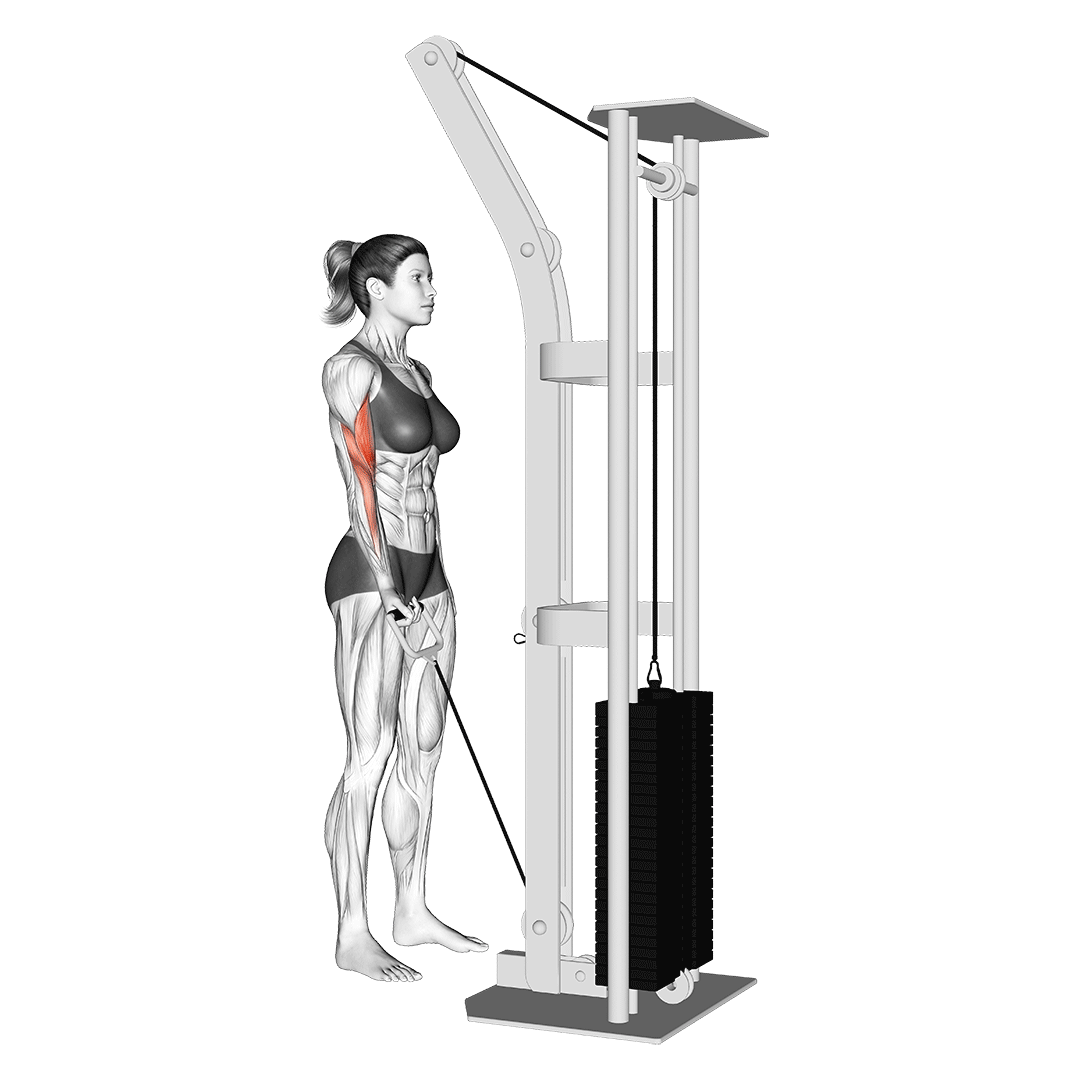
- Use a D-handle on the low pulley.
- Stand sideways, grab with one hand, and curl slowly.
- Keep elbow fixed, and rotate wrist slightly for more peak engagement.
Benefits:
- Fixes muscle imbalances.
- Builds better definition on each arm.
3. Bayesian Cable Curl
Target: Long head of the biceps
How-To:
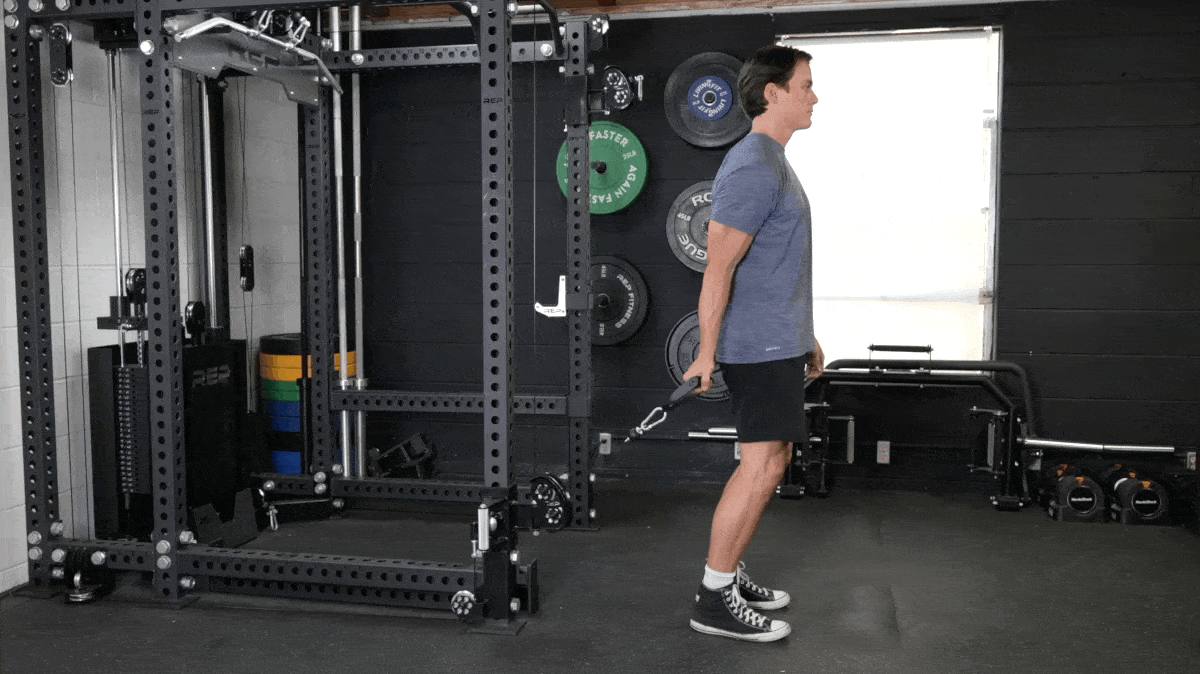
- Stand slightly ahead of the pulley, cable behind you.
- Hold a D-handle, step forward for a stretch.
- Curl the weight forward and up while keeping the upper arm back.
Benefits:
- Keeps bicep under maximum stretch tension.
- Excellent for long head development and arm fullness.
HIGH PULLEY BICEP EXERCISES
These moves focus more on the short head and upper contraction of the biceps, creating that rounder, thicker look.
4. High Cable Bicep Curl (Face Curl)
Target: Short head (bicep thickness)
How-To:
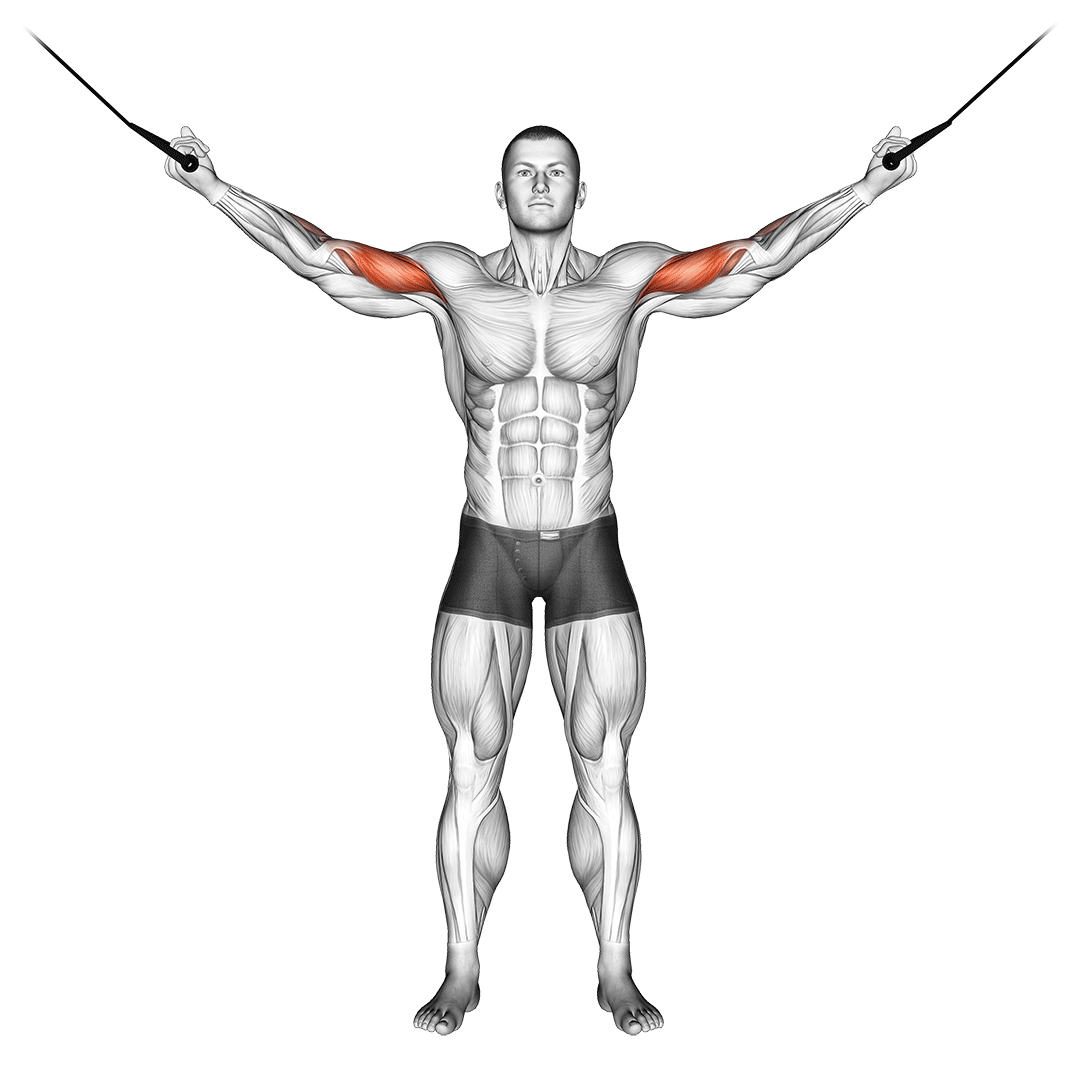
- Use two high pulleys with D-handles.
- Extend arms out to sides at shoulder height.
- Curl handles toward ears, squeeze, and return slowly.
Benefits:
- Builds a rounded, peak-shaped bicep.
- Creates excellent time-under-tension.
Myth Buster:
Many think only barbell curls build size — but studies show cable curls can lead to similar or better hypertrophy due to constant resistance.
Also Read: 11 Barbell Glute Exercises That Build a Rounder Butt Fast
5. High Pulley Concentration Curl
Target: Peak of biceps
How-To:
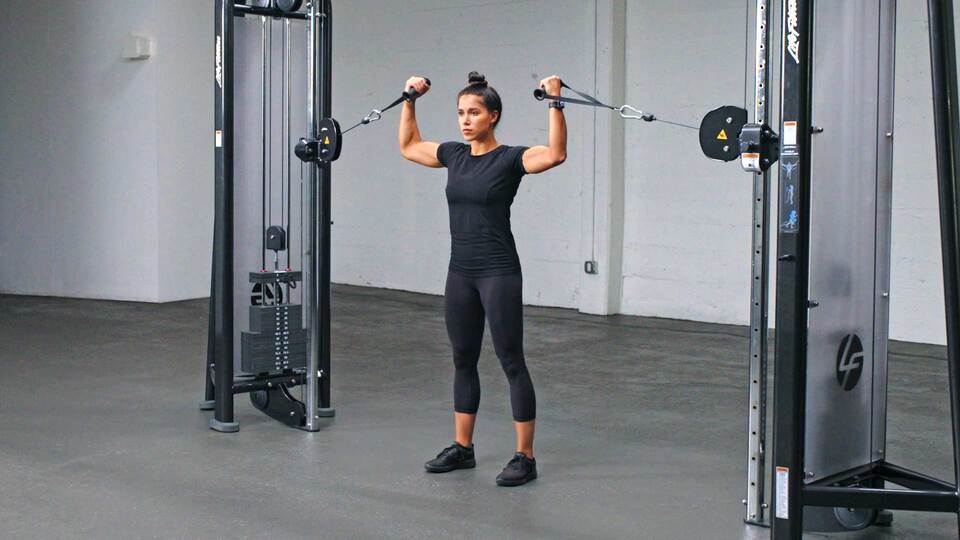
- Sit on a bench facing away from a high pulley.
- Use a single handle, and pull it down toward your shoulder while keeping your upper arm stationary.
Benefits:
- Extremely focused peak contraction.
- Great finishing move for burnout sets.
6. Overhead Cable Curls
Target: Bicep isolation under shoulder stretch
How-To:
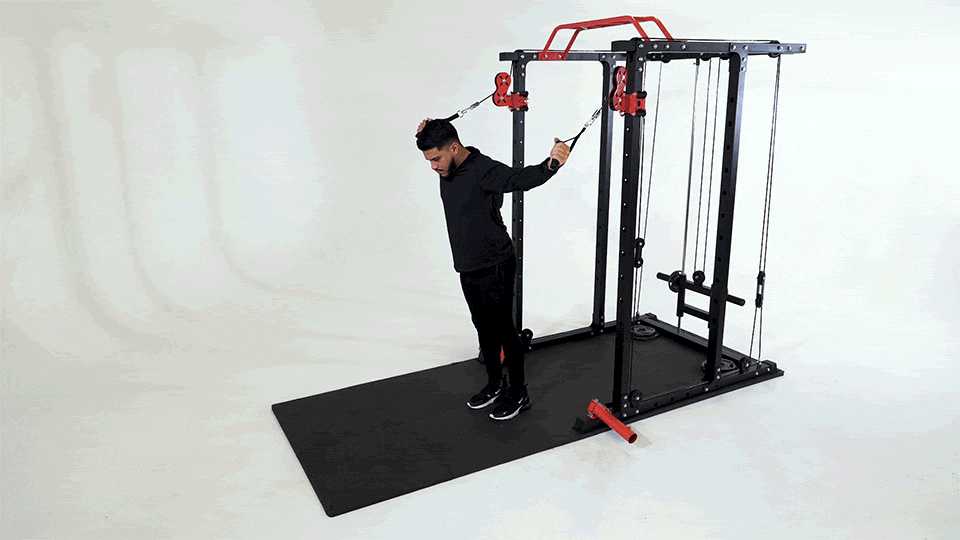
- Stand in the middle of two high pulleys with D-handles.
- Arms straight out, curl both handles toward your ears.
- Squeeze at the top, control back to start.
Benefits:
- Mimics a front double biceps pose.
- Excellent for enhancing overall bicep shape.
COMBINED/ANGLE VARIATION CABLE CURLS
These use a mix of cable heights and angles to create a hybrid tension profile that maximizes muscle activation.
7. Crossbody Cable Curl
Target: Bicep and brachialis
How-To:
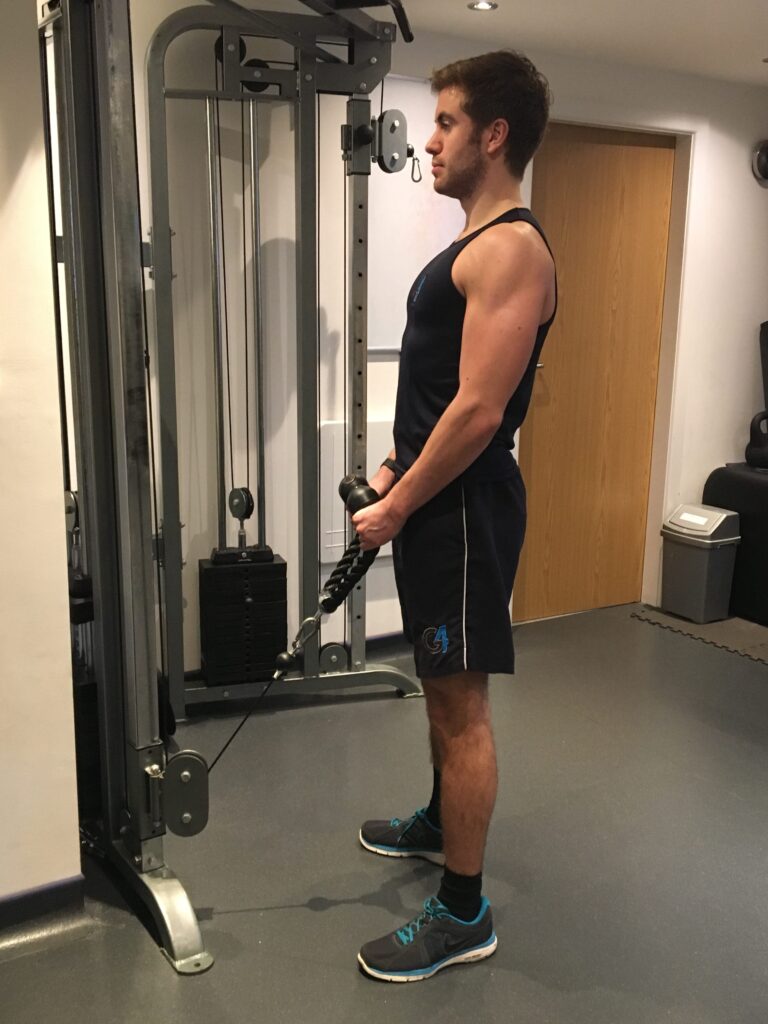
- Stand next to a low pulley, and hold the handle in the opposite hand.
- Curl the cable across your body toward the opposite shoulder.
- Keep your elbow tight to your side.
Benefits:
- Adds thickness by targeting both biceps and brachialis.
- Ideal for adding variety and challenging fibers from new angles.
Also Read: 10 Barbell Lower Back Workouts to Build Strength and Prevent Pain
8. Incline Cable Curl with Bench
Target: Long head under stretch
How-To:
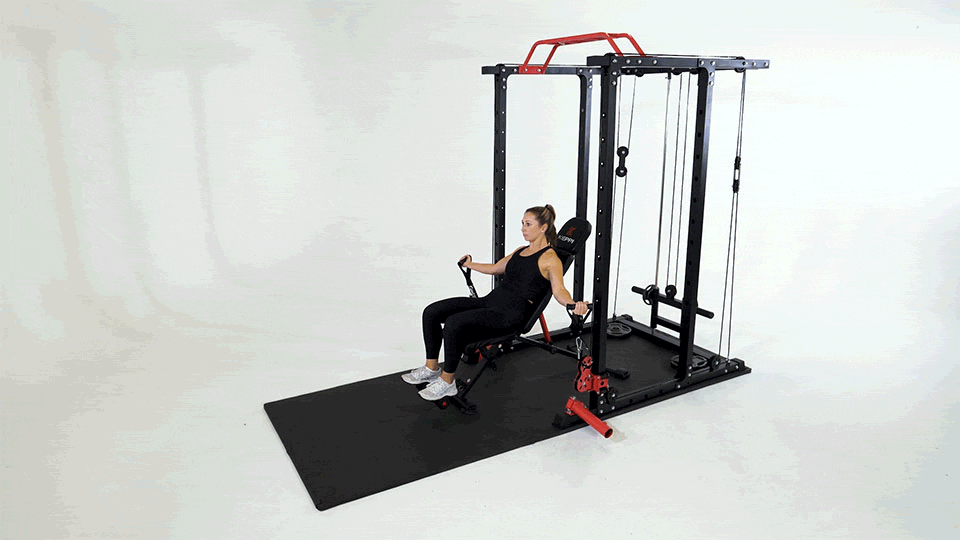
- Place an incline bench between two low pulleys.
- Sit and curl both handles simultaneously.
- Let arms stretch fully at the bottom.
Benefits:
- Maximizes muscle elongation, boosting growth.
- Prevents cheating and momentum, isolating the muscle fully.
Bonus Tips to Maximize Cable Bicep Training
- Vary your grip (supinated, hammer, reverse) to hit all angles.
- Train in both mid-range and stretch positions for growth.
- Don’t rush reps — cables reward tempo and control.
- Perform these after compound back movements for the maximum pump.
Interesting Fact:
The biceps brachii isn’t just for arm size — it plays a huge role in shoulder stabilization and elbow control. Strengthening it functionally improves daily tasks and sports performance.
Also Read: 10 Barbell Tricep Workouts to Build Horseshoe Arms Fast
Final Thoughts
Using Hi-Lo Cable Machines for Biceps isn’t just a variation — it’s a strategy. Whether you want to sculpt aesthetic arms, grow mass, or beat plateaus, these 8 cable curl variations offer an unmatched combination of tension, control, and versatility.
Next arm day, skip the dumbbells. Grab that cable, dial in your form — and feel the difference rep after rep.
Frequently Asked Questions (FAQs)
Are cable bicep exercises better than dumbbells?
Cable exercises aren’t necessarily better — they’re different. Cables provide constant tension throughout the entire movement, which many lifters find improves muscle activation and mind-muscle connection compared to free weights like dumbbells.
What does Hi-Lo Cable mean?
“Hi-Lo Cable” refers to using both high and low pulley settings on a cable machine. This allows you to train your biceps from different angles, targeting both the long and short heads for more complete development.
Can I build big biceps with cable exercises only?
Yes. With proper form, progressive overload, and variety (like the 8 exercises listed), you can absolutely build massive, well-shaped biceps using cables alone.
How often should I train biceps using cables?
You can train biceps with cables 2–3 times per week, depending on your total upper body routine. Make sure to allow 48 hours of recovery between intense sessions.
Are cables safe for beginners?
Absolutely. Cables are often safer than free weights because they limit momentum and keep tension more controlled, making them ideal for beginners learning proper form.
Do cable curls target different parts of the bicep?
Yes. High pulley exercises focus more on the short head, while low pulley exercises target the long head. Using both helps develop balanced, fuller-looking arms.
Can I combine dumbbell and cable bicep exercises?
Yes, combining both can be very effective. Use dumbbells for mass-building compound curls, and cables for high-tension isolation and finishing exercises.
Which is better: high pulley or low pulley for biceps?
Neither is “better” — both serve a purpose. High pulley curls emphasize short head and contraction, while low pulley curls emphasize long head and stretch. For best results, include both.
Should I go heavy or light with cable bicep curls?
Start with moderate weight and higher reps (10–15) to build endurance and control. Once your form is solid, progressively increase weight to boost strength and size.
